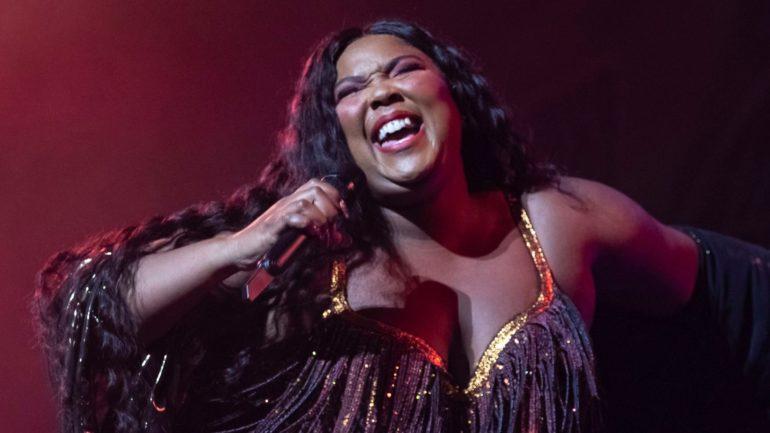How Synchs Changed the Game for Lizzo, Bebe Rexha and Halsey
By Steven J. Horowitz
LOS ANGELES (Variety.com) – Getting the right synch or licensing opportunity can make a career. Just ask Lizzo, whose single “Truth Hurts” fizzled upon its initial release in September 2017. But after a lyric from the song inspired the #DNATest challenge on social media platform TikTok the following year, the brassy tune became a runaway smash. It was followed with a feature in a pivotal scene in the film “Someone Great,” released to Netflix the same day as her breakthrough album “Cuz I Love You” in April.
For a then-relatively unknown artist such as , the timing and opportunity couldn’t have aligned better, yielding a No. 1 single, hundreds of millions of streams and subsequent brand partnerships for campaigns with Absolut and Urban Decay.
It’s a case study in how important choosing the right song can be to elicit the largest impact, and how valuable syncs and licensing continue to be as their market share continues to rise. In the first half of 2019, synch revenue in the U.S. (commercials, films, TV and gaming) totaled $129.1 million, according to the RIAA, while in 2018, global synch revenue ticked up 5.2%, per the IFPI. And as any synch stakeholder will tell you, licensing a song brings in actual cash at significantly larger numbers than the fraction of a cent that an audio stream commands.
But beyond revenue, there’s an equally valuable, and increasingly tangible, benefit to consider. “If you get a synch in an ad campaign that has a large media buy attached to it, it can change everything for that song because you get that repetitiveness,” says Liz Lewis, VP, strategic marketing and commercial synch at Warner Records, who appears alongside executives from Samsung, Paradigm Agency and BBDO at Music for Screens. “It’s almost like having your song on heavy rotation in a radio station. That’s definitely where you see the biggest difference made.”
For Warner, that meant adding exposure and brand awareness with key placements for English pop singer Rita Ora, whose ballad “Soul Survivor” played during the Super Bowl for a Bumble ad featuring Serena Williams, and blues artist Gary Clark Jr. He appeared to perform one of his songs in an ad for Harman Kardon Audio. Another Warner artist, Bebe Rexha, collaborated with Lay’s potato chips for its “Turn Up the Flavor” campaign featuring jingles written by the pop star. Capitol’s Halsey, in another instance, earned her first chart-topper as a lead artist in January when “Without You” was featured in a Beats ad in late 2018, four years after her debut.
While synch royalties have so far been down 1.5% in the U.S. in the first two quarters of 2019, revenue is expected to once again post an overall increase in the subsequent fiscal quarters based on past performance, leaving the rest to the artists and labels to maximize exposure.
“I think there are going to be more ways to connect the dots once we get a synch for the artist,” says Lewis. “We’re doing everything we can to circle around it and make sure that anyone who hears that song knows that it’s our artist.”

